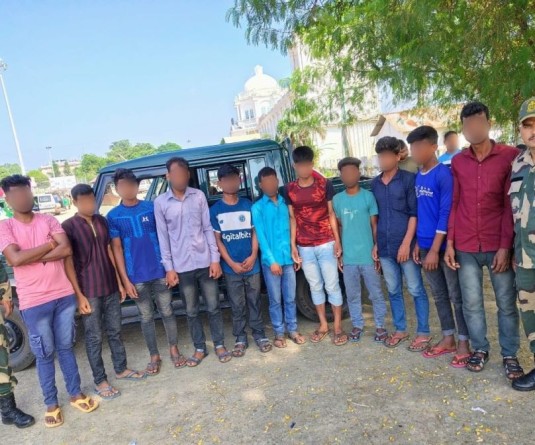
Kohima | March 30 : The Accountant General (AG) today remarked that the fiscal health of the state, viewed in terms of key fiscal parameters such as revenue, fiscal and primary receipts, had declined during 2009-10 over the previous year. The state’s revenue surplus, he said, had declined by 44.03 crore while the fiscal deficit had increased by Rs.180.93 crore and the primary deficit had also increased by Rs.132.41 crore in 2009-10 relative to the previous year.
During 20019-10, 92 percent of the total revenue came from the Government of India's central transfers (12%) and grants-in-aid (80%). The own tax revenue of the state was more than the assessment made by the state government but remained 27.68% less than the assessment of the 13th Finance Commission for 2009-10 whereas the non-tax revenue receipts exceeded the assessment made by the Commission but was 23.45% less than the assessment made by the state government in 2009-10.
Under the state finances, the CAG report also highlighted that the central government had directly transferred approximately Rs.957 crore to the state implementing agencies during 2009-10 for implementation of various schemes and programmes in the social and economic sectors recognized as critical. However, as these funds are not routed through the state budget or treasury, annual finance accounts do not capture the flow of these funds and the state’s receipts and expenditure as well as other fiscal variables and parameters derived from them are underestimated, the report said.
Interestingly, as per the report, there was substantial surrender (50 percent of total provision) in respect of 16 sub-heads on account of either non-implementation or slow implementation of schemes and programmes. Out of the total provision amounting to Rs.443.89 crore in 16 schemes, Rs.351.85 crore (79%) were surrendered.
Expenditure on salaries for 2009-10 under non-plan and plan is Rs.1405.90 crore and Rs.36.95 crore respectively. And, as per the report, salary and wages accounted for Rs.38.79 percent of the revenue receipts while the salary expenditure was 55.26 percent higher than the norm of 35 percent recommended by the Twelfth Finance Commission.
Besides, though the government had invested Rs.192.09 crore in statutory corporations, rural banks, joint stock companies and cooperatives, the average return on this investment was “nil” during the last five years while the government paid an average interest rate of 11.50 percent on its borrowing during the period 2006 to 2010.
During 20019-10, 92 percent of the total revenue came from the Government of India's central transfers (12%) and grants-in-aid (80%). The own tax revenue of the state was more than the assessment made by the state government but remained 27.68% less than the assessment of the 13th Finance Commission for 2009-10 whereas the non-tax revenue receipts exceeded the assessment made by the Commission but was 23.45% less than the assessment made by the state government in 2009-10.
Under the state finances, the CAG report also highlighted that the central government had directly transferred approximately Rs.957 crore to the state implementing agencies during 2009-10 for implementation of various schemes and programmes in the social and economic sectors recognized as critical. However, as these funds are not routed through the state budget or treasury, annual finance accounts do not capture the flow of these funds and the state’s receipts and expenditure as well as other fiscal variables and parameters derived from them are underestimated, the report said.
Interestingly, as per the report, there was substantial surrender (50 percent of total provision) in respect of 16 sub-heads on account of either non-implementation or slow implementation of schemes and programmes. Out of the total provision amounting to Rs.443.89 crore in 16 schemes, Rs.351.85 crore (79%) were surrendered.
Expenditure on salaries for 2009-10 under non-plan and plan is Rs.1405.90 crore and Rs.36.95 crore respectively. And, as per the report, salary and wages accounted for Rs.38.79 percent of the revenue receipts while the salary expenditure was 55.26 percent higher than the norm of 35 percent recommended by the Twelfth Finance Commission.
Besides, though the government had invested Rs.192.09 crore in statutory corporations, rural banks, joint stock companies and cooperatives, the average return on this investment was “nil” during the last five years while the government paid an average interest rate of 11.50 percent on its borrowing during the period 2006 to 2010.





.jpg)
